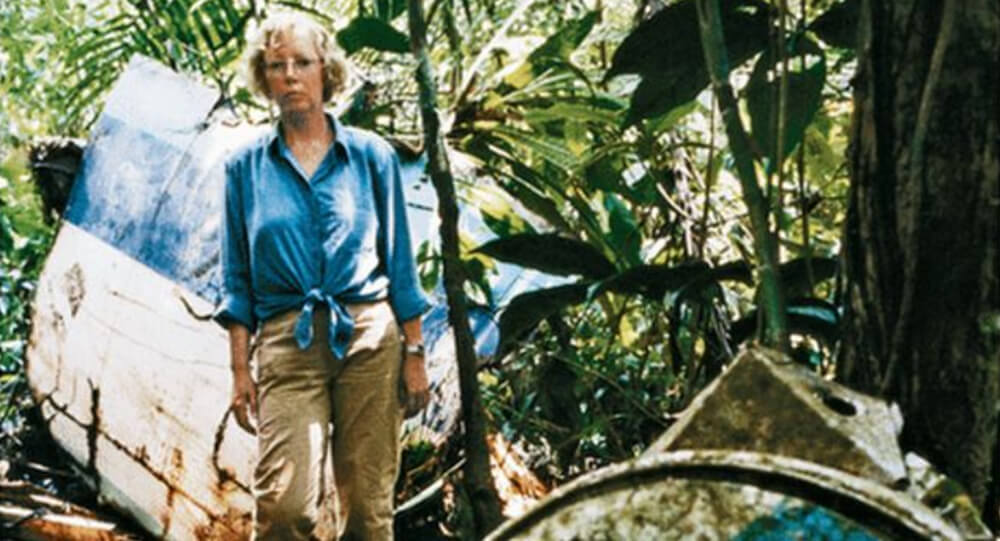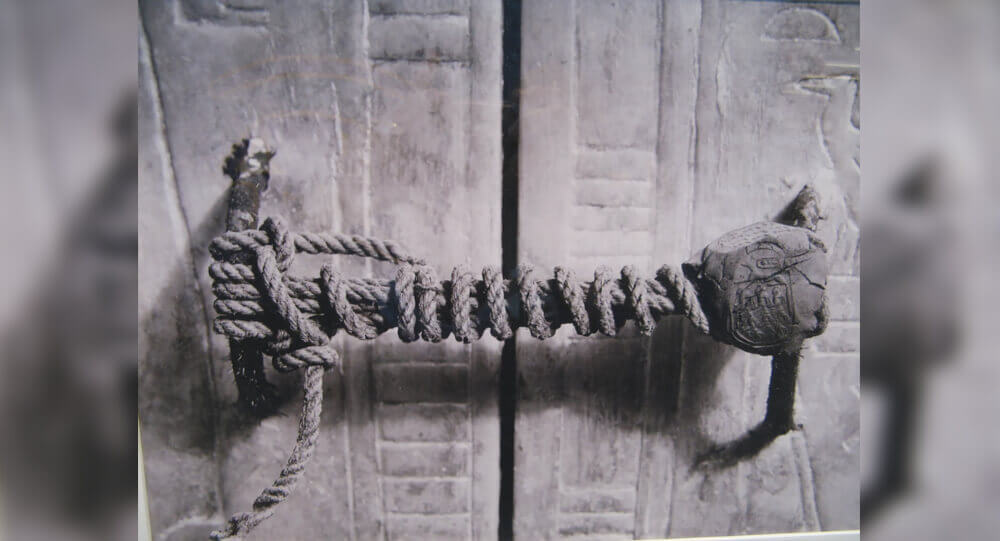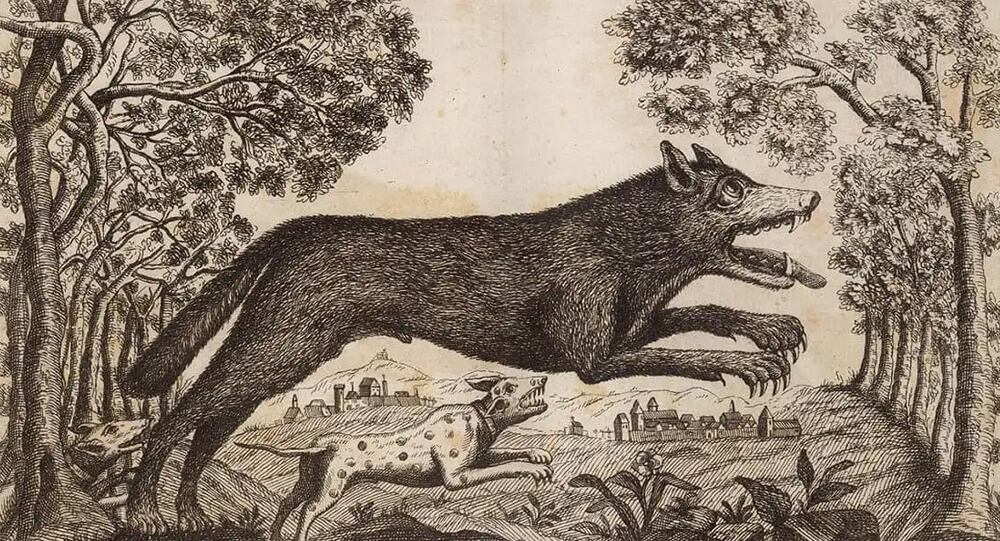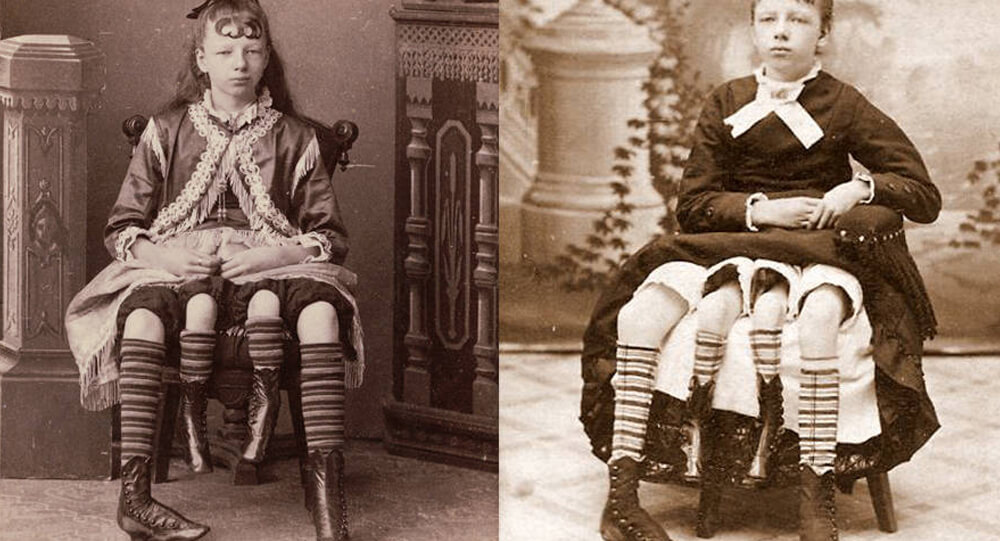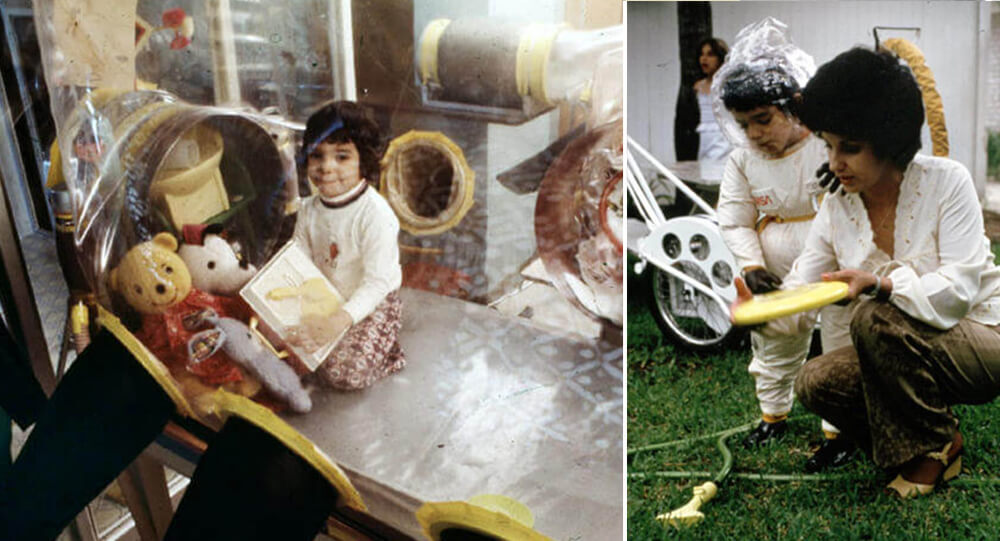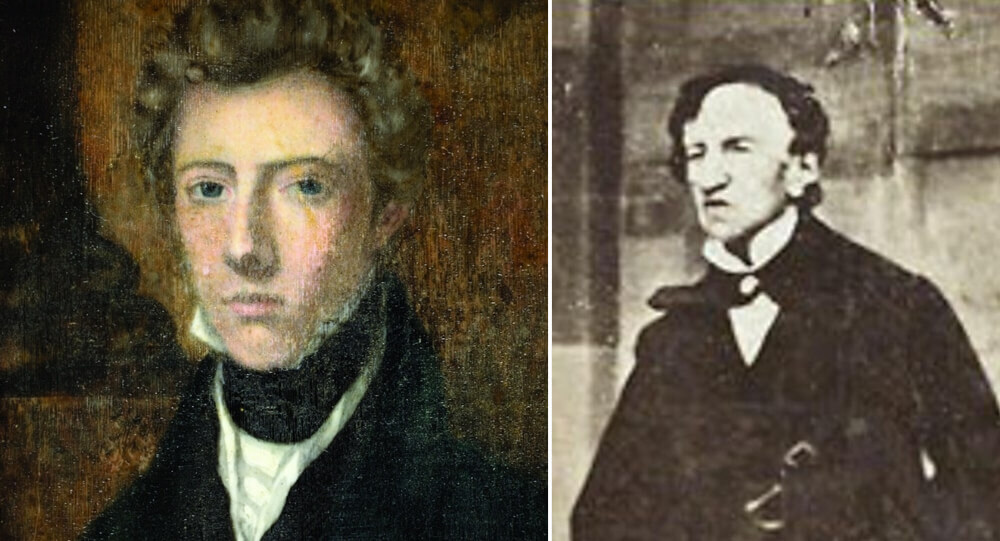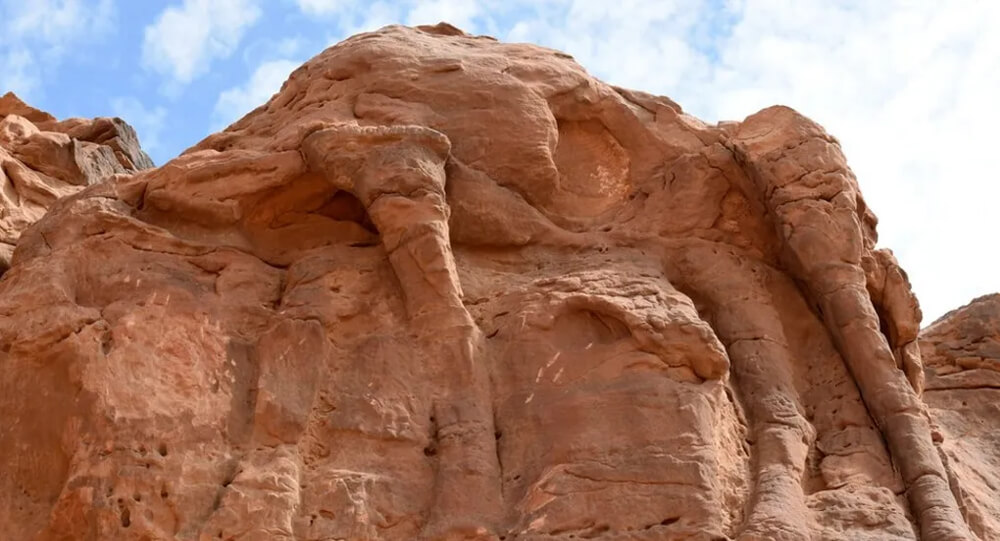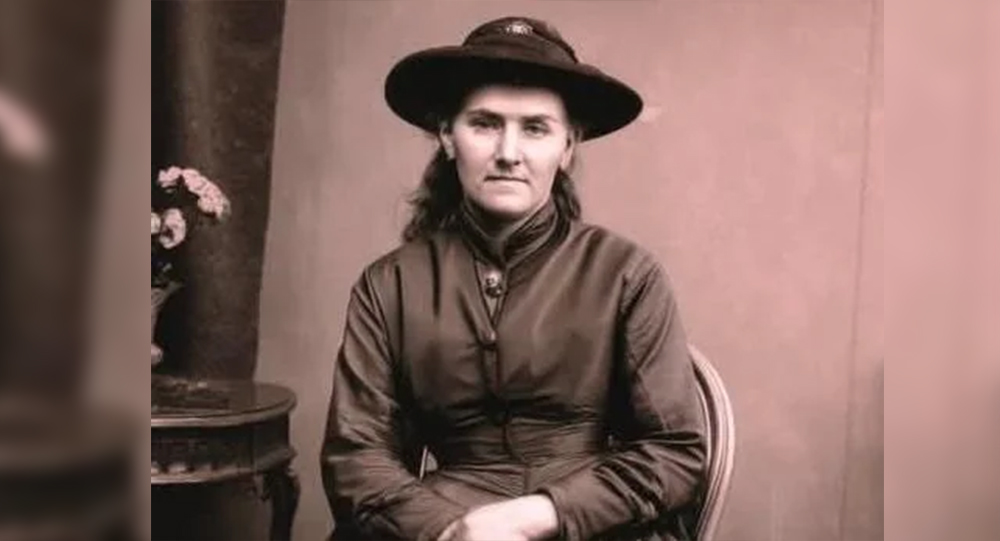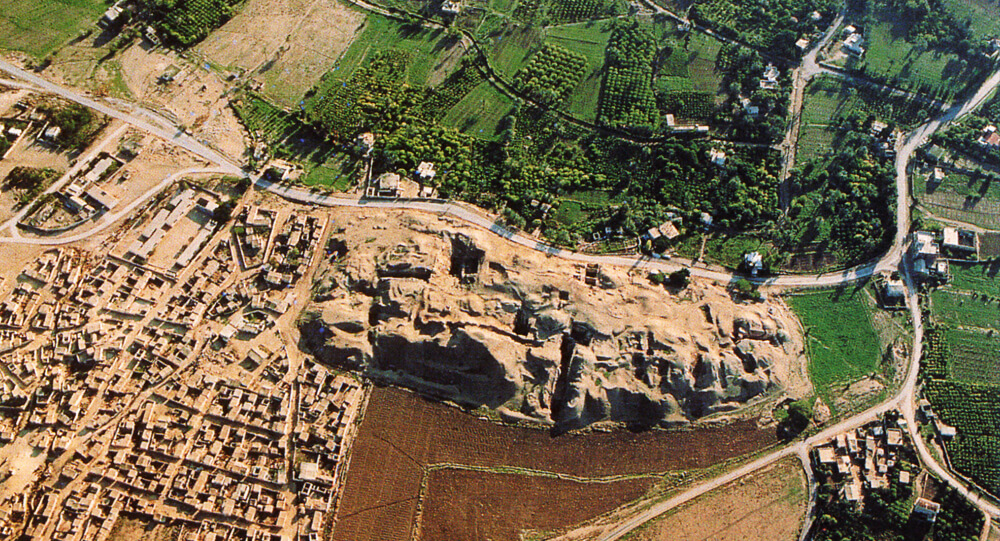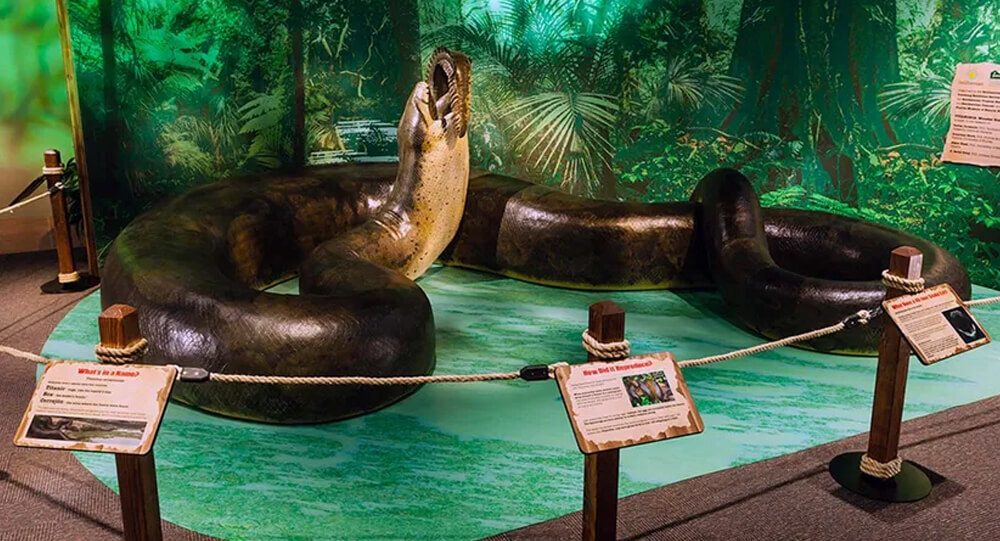

Archaeologists Uncover 2,000-Year-Old Amazonian Cities Using Lidar Technology
For decades, the Amazon rainforest was thought to be an untouched wilderness, home mostly to small, nomadic groups rather than large complex societies. However, recent advances in lidar—Light Detection and Ranging—have revolutionized archaeology by penetrating dense forest canopies to reveal hidden structures beneath. In the Ecuadorian Amazon’s Upano Valley, lidar scanning uncovered thousands of man-made features revealing an extensive ancient urban landscape.
These cities span vast areas with multiple settlements connected by remarkably straight roads and canals, indicating deliberate planning and construction. The urban cluster was home to an estimated 10,000 to possibly over 100,000 inhabitants at its peak, thriving 2,000 years ago in what was thought to be inhospitable terrain.

The Upano People: Architects of an Ancient Urban Network
The ancient inhabitants, known as the Upano and Kilamope cultures, lived sedentary, agrarian lifestyles. Archaeological evidence shows they built octagonal and rectangular platforms for dwellings, ceremonial purposes, and public spaces. Hearth pits, grinding stones, pottery fragments, and remnants of “chicha” — a local maize-based fermented beverage — have been found on-site, attesting to daily life and rituals.
The society was deeply connected, with massive earthworks including a sophisticated system of terraces and canals for water management. These drainage ditches protected agricultural lands and settlements from flooding while ensuring fertile soil supported staple crops such as maize, manioc, and sweet potato. This suggests that the Upano people practiced intensive, sustainable agriculture on a large scale.

Lidar Technology: Illuminating the Past Through Laser Mapping
Lidar uses laser pulses to detect the ground surface beneath forest vegetation, creating detailed 3D models of landscapes. In the Upano Valley, lidar scans revealed over 7,500 manmade structures including buildings, roads stretching over 300 kilometers, and earth mounds—features invisible to the naked eye.
This technology allowed archaeologists to map the scale and density of Upano villages precisely, overturning old beliefs that the Amazon was sparsely populated with only small groups. The data also helped researchers understand the social organization, engineering skills, and the incredible extent of human impact on the rainforest environment.
Reshaping the Understanding of Amazonian Civilizations
The discovery of this urban network predating well-known ancient cities by centuries challenges the Eurocentric view of civilization and cultural complexity. Unlike the stone cities of the Maya or Inca, these Amazonian settlements were primarily earth-based and integrated into the natural landscape.
Experts emphasize that Amazonian people were far from “primitive” but built vibrant, resilient societies with planned infrastructure supporting large populations through complex agriculture and water management systems.
This breakthrough encourages respect for Indigenous histories and calls for preserving these remarkable archaeological treasures amid modern threats like deforestation.

Fascinating Trivia About the Upano Cities and Amazonian Discoveries
- The road networks in the Upano Valley were often perfectly straight and connected settlements like a prehistoric highway system.
- Some platforms and earthworks are octagonal—a unique architectural style rare in South America.
- The nearby Sangay volcano’s eruptions may have contributed to both the fertility of the soil and the eventual abandonment of some cities.
- Archaeologists estimate the urbanized region covered over 987 square kilometers (381 square miles), rivaling Maya city complexes in scale.
- The Upano people’s legacy includes early fermented beverages like chicha, still culturally significant in the region today.
- Lidar technology revealed sites previously unknown even to local communities, revolutionizing Amazon archaeology.
- The discoveries underscore the Amazon rainforest as both a natural and cultural heritage site needing protection.
- The Upano civilization flourished roughly between 500 BCE and 600 CE, contemporaneous with other ancient empires.
Rediscovering Civilization in the Amazon’s Heart
The uncovering of 2,000-year-old cities through lidar technology is a landmark moment in archaeology, transforming the narrative of the Amazon from a wild, untouched forest to a region of ancient human ingenuity and culture.
These findings celebrate the resilience and sophistication of the Upano people who built and thrived in this green landscape millennia ago. Recognizing their legacy enriches our appreciation for Indigenous histories and highlights the urgent need to preserve these archaeological and ecological treasures for future generations.
If this story of hidden cities and ancient cultures in the Amazon inspired awe and wonder, share it to spread the knowledge of this extraordinary chapter of human history.
Sources & Further Reading:
- BBC News: Huge Ancient Lost City Found in the Amazon (2024)
- Wikipedia: Upano Valley Sites
- Smithsonian Magazine: Ancient Amazon Cities Discovered (2024)
- Mongabay: Father Pedro Porras and Amazon Archaeology (2025)
- Scientific American: Garden Urbanism in the Ancient Amazon (2024)
- Journal Science: Urban Network in Ecuador’s Upano Valley (2024)

The worst blizzard in recorded history: the 1972 Iran blizzard
The deadliest snowstorm ever recorded occurred in Iran in 1972. It lasted for a week, burying areas in 26 feet of snow and killing over 4,000 people, including the entire populations of three villages.

Remembering the 1945 Empire State Building Disaster: When a Plane Met Skyscraper
An airplane crashed into the Empire State Building in 1945. Among other damage, plane parts severed the cables of an elevator and the woman inside fell over 70 stories. She lived and holds the world record for the longest survived elevator fall.

Juliane Koepcke: The Teenager Who Fell 10,000 Feet And Trekked The Jungle to survive
In 1971, a high school student was sucked out of an airplane after it was struck by lightning. She fell 10,000 feet to the ground while still strapped to her chair and survived. Only to endure a 9-day trek to the nearest civilization.

The unbroken seal on King Tutankhamun's tomb until 1922
The unbroken seal of Tutankhamun's tomb before it was opened in 1923, it was unbroken for over 3000 years.

Quaker Oats Fed Children with Radioactive Oatmeal
In the 1940s and 1950s, Quaker Oats and MIT conducted experiments on radioactive iron and calcium-containing cereal. The diet was part of a study to see if the nutrients in Quaker oatmeal traveled throughout the body. In January 1998, a $1.85 million settlement was reached for 30 victims who came forward.

What Was the Beast of Gévaudan?
Between 1764 and 1767, a mysterious animal called the Beast of Gévaudan terrorized the French village called Gévaudan. It attacked and killed about 100 adults and children. While most believe it was a wolf, some say it may have been a wolf-dog hybrid, hyena or even a lion, but without any genetic evidence, the beast will remain a mystery forever.

The true story of Josephine Myrtle Corbin, the lady born with four legs and two private parts
Josephine Myrtle Corbin, an American sideshow performer born in 1868, had a rare condition known as dipygus, which caused her to have four legs, each smaller inner leg paired with one of her outer legs. Corbin joined the sideshow circuit, captivating audiences as the "Four-Legged Girl from Texas."

Remembering the miracles of the 1985 Mexico earthquake (unbelievable stories)
In 1985, after an 8.0 magnitude earthquake hit Mexico City, nearly all newborn babies survived a collapsed hospital. They are known as “Miracle Babies” for surviving 7 days without nourishment, water, warmth or human contact.

A Brief History of the PlayStation Gaming Console
Sony's PlayStation was never meant to be an actual product. Instead, it was intended to be a CD-ROM console that would support Nintendo games. However, when Nintendo backed out of the deal at the last minute, Sony went ahead and launched what soon became one of the most successful gaming consoles of all time.

Ancient Egyptians Had Pregnancy Tests Over 3500 Years Ago
The ancient Egyptians used a pregnancy test that involved potentially pregnant women peeing on barley and wheat seeds. Plant growth indicated pregnancy: barley for a boy and wheat for a girl. Later tests revealed that pregnant women's urine causes plant growth 70% of the time, whereas non-pregnant women's urine does not.

The Amazing Truth About The German U-Boat That Was Sunk By A Toilet
During WWII, a German captain and an engineer flushed the submarine's high-tech toilet incorrectly, causing the vessel to rapidly fill with water. British planes patrolling the sea attacked them as the submarine was brought to the surface. While many members of the crew were killed in the attack, the captain escaped!

Henry Ford, The man popularizing the concept of the weekend off
Henry Ford was the first Industrial Giant to give his employees both Saturday and Sunday off in the hope of encouraging more leisurely use of automobiles and thus popularizing the concept of the "weekend."

Blanche Monnier: Imprisoned For 25 Years For Falling in Love
Blanche Monnier, she was a French woman noted for her beauty, she wished to marry an old lawyer that her mother disapproved of, so she locked her in a small dark room in her attic for 25 years.

The touching story of David Vetter (bubble boy), the 'boy who lived in a bubble
David Vetter lived his whole 12 years in sterile “bubble”. He was “outside” for 20 second after being removed from his mother’s womb. He never touched any human.

The mysterious secret of Dr James Barry
Before women were allowed to enroll in medical school, Margaret Ann Bulkley studied medicine and assumed the identity of Dr. James Barry for 56 years while dressing as a man. After 46 years of service as an army doctor officer, her secret was not made public until after her death in 1865.

Saudi Arabia camel carvings dated to prehistoric era
Archaeologists were shocked to discover that a series of camels carved into desert rock faces in north-western Saudi Arabia are actually prehistoric, dating from 7,000-8,000 years ago - before either the Pyramids of Giza or Stonehenge were built.

Sylvan Goldman: The Visionary Who Revolutionized Shopping with the Cart
The inventor of shopping carts, Sylvan Goldman, had to hire several male and female models to push carts around in his store, demonstrate their utility, and explain their use to other customers, due to not catching on initially.

Nordlingen, The Town Inside A Meteorite Crater With Millions Of Meteorite Diamonds
The German town of Nördlingen is embedded with 72,000 tons of microscopic diamonds. About 15 million years ago, a meteorite hit this region, and the impact created a massive depression and formed rocks containing diamonds, glass, and crystals. The town was built in the impact crater sometime around 898 CE.

Why Comedians Failed to Make Sober Sue Laugh in the Early 1900s
In the bustling vaudeville scene of early 20th century New York, a mysterious performer known as "Sober Sue" captured public imagination not for jokes or songs, but for her unshakable stoicism—she never smiled or laughed. A local theater even offered a tempting reward of $1,000 to anyone who could make her laugh, drawing crowds and famous comedians eager to claim the prize. Despite countless hilarious attempts, Sue remained expressionless, a mystery that baffled performers and audiences until it was revealed that she suffered from facial paralysis, explaining her unchanging demeanor.

History of Treadmill, punishment for prisoners
Treadmills were originally a punishment used to harness human power on a giant wheel used to grind grains, hence the name "treadmill." The History of Treadmill

10 world’s most destructive and dangerous volcanic eruptions in history
Volcanic eruptions can devastate cities, change the world's atmosphere, and devastate economic systems. They can create molten lava rivers, mudslides, suffocating ash, and poisonous gases that cause chaos around the world for years. A volcanic explosion's effects can be massive, from its size to its death toll to its economic cost. Here is ten world’s most destructive and dangerous volcanic eruptions in history.

1972 Andes Plane Crash Survivor recall the terrifying Struggles to Stay Alive
On October 13, 1972, a plane carrying a rugby team from Uruguay crashed in the Andes between Chile and Argentina. The survivors were in brutal conditions - high altitude, bitter cold, and the lack of food—and faced the most terrible choice—eating the frozen flesh of their dead friends or starving to death themselves.

Ancient Jericho: The First Walled City In History
The ancient city of Jericho is the world's oldest walled city, with evidence of stone fortifications dating back nearly 9000 years.

Titanoboa cerrejonensis, fossils of the world’s largest species of snake
In 2009 in a coal mine of Columbia, scientists discovered fossils of the world’s largest species of snake. The species is called “Titanoboa cerrejonensis,“and it is from around 60 million years ago. It would have had measured about 48 feet long and weighed about 2,500 pounds

The 1976 April Fools' Pranks, Planetary Alignment
On April fool's Day, 1976, the BBC convinced many listeners that a special alignment of the planets would temporarily decrease gravity on Earth. Phone lines were flooded with callers who claimed they felt the effects.



